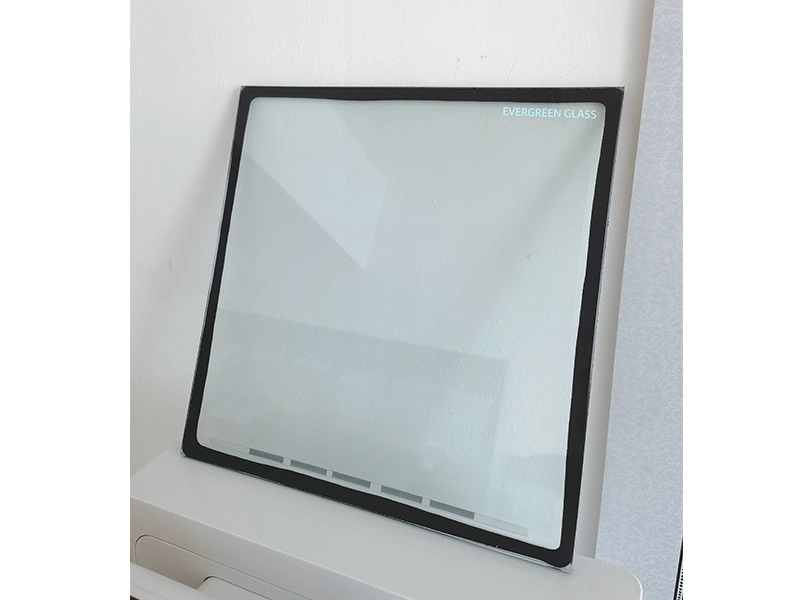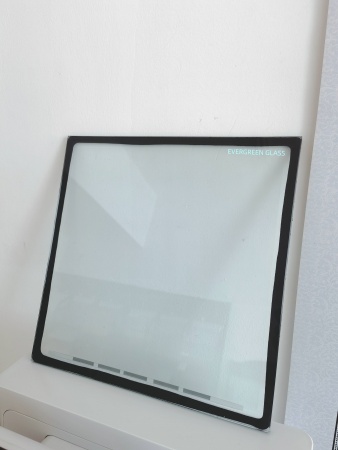
The high vacuum level within the vacuum glass effectively isolates gas convection heat transfer and the propagation of sound waves, which is the key to the exceptional thermal insulation and soundproofing performance of vacuum glass. The duration that the working vacuum level (≤0.1Pa) inside the vacuum glass interlayer can be maintained determines the service life of the vacuum glass.
The main factors leading to the decline in vacuum level are:
① Leakage;
② Outgassing from the inner surface of the glass;

GreenVac utilizes high-temperature sealing technology, sealed with glass frit in a one-step process. High-temperature sealing is achieved after the glass has been tempered and then subjected to a second round of high-temperature and subsequent annealing. This results in a finished product that has the characteristics of tempered glass while avoiding the risk of spontaneous explosion during later use. It is equivalent to the effect of glass heat soaking. Glass frit is an inorganic material and is of the same material as glass. High-temperature sealing integrates with the glass, maintaining a high vacuum level inside the glass for long-term use. The one-step process ensures that there are no holes on the glass surface, avoiding the phenomenon of gas leakage from the glass. In response to the outgassing from the vacuum glass interior after long-term exposure to sunlight, which can cause an increase in internal pressure and thermal conductivity, GreenVac incorporates an efficient adsorbent, significantly reducing performance degradation and failure in various harsh environments.
In summary, due to the effective avoidance of edge sealing leakage and the resolution of gas release from the glass surface, the service life of GreenVac can reach over 30 years.